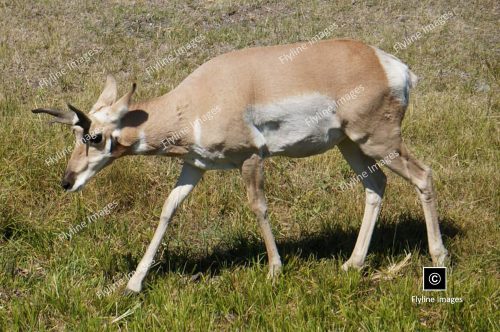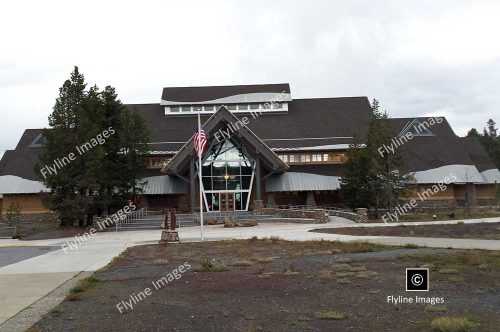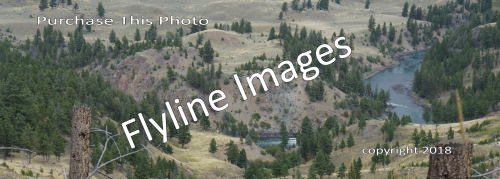Beryl Hot Spring, located in the iconic Yellowstone National Park, is a fascinating geothermal feature renowned for its vibrant colors and intense heat. This remarkable hot spring is characterized by striking blue and green hues, which result from the interaction of sunlight with the spring’s mineral-rich waters and thermophilic microorganisms that thrive in high-temperature environments.
Beryl-Hot-Spring-DSCN-0600-P
$10.00
Description
Located in the iconic Yellowstone National Park, Beryl Hot Spring is a fascinating geothermal feature renowned for its vibrant colors and intense heat. This remarkable hot spring is characterized by striking blue and green hues, which result from the interaction of sunlight with the spring’s mineral-rich waters and thermophilic microorganisms that thrive in high-temperature environments. The water in Beryl Hot Spring can reach temperatures of around 196°F (91°C), making it one of the park’s hotter offerings. This extreme heat is the result of geothermal activity beneath Yellowstone, where magma heats the underground water, causing it to rise to the surface as hot springs.
Visitors are captivated by the beauty and power of Beryl Hot Spring, although safety regulations ensure that the fascinating yet perilous waters are observed from a distance. While hot springs, fumaroles, and geysers are all geothermal features that result from volcanic activity, they differ in their manifestations. Hot springs are characterized by the consistent flow of hot water at the surface, creating warm pools. Fumaroles, on the other hand, are openings that emit steam and gases, usually without any associated pool of water. They occur when water vaporizes before reaching the surface, releasing steam instead of liquid. Geysers are the most dramatic of the three and are marked by periodic eruptions of water and steam, propelled by intense underground pressure. Each of these features offers a unique glimpse into the dynamic geothermal processes beneath the Earth’s surface.
Beryl Hot Spring is not the only stunning geothermal feature in Yellowstone National Park. The park boasts a diverse collection of over 10,000 hot springs, geysers, and fumaroles, making it one of the largest concentration of geothermal features in the world. These natural wonders are all products of the unique geological setting of Yellowstone, which sits atop an active supervolcano.
While visiting Beryl Hot Spring and other geothermal features in Yellowstone, visitors can also learn about their cultural significance to Native American tribes who have long considered these areas sacred. Many of the names given to these features by early explorers were actually translations of Native American names for them. This adds another layer of depth and appreciation to the experience of witnessing these incredible geological phenomena.
In addition to their beauty and cultural significance, the geothermal features in Yellowstone also play a crucial role in sustaining the park’s unique ecosystem. The hot springs provide warm habitats for microorganisms and invertebrates that are adapted to live in extreme conditions. These creatures, in turn, support larger animals such as bison, elk, and bears that graze on them. Without the heat and nutrients provided by geothermal features, Yellowstone’s ecosystem would be drastically altered.
Image & Download Information
When you purchase this photo, you will be granted access to download the image.





